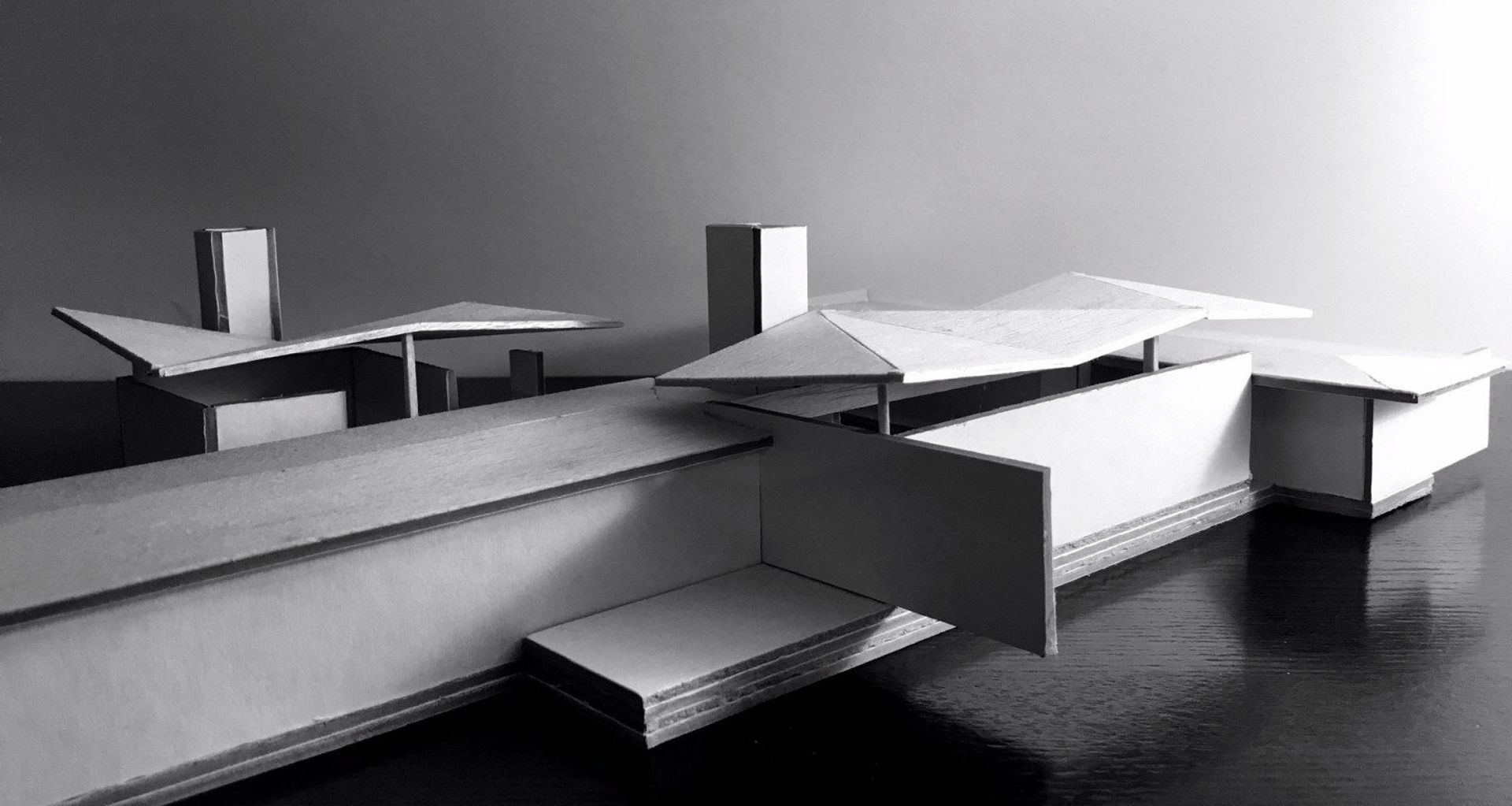Contemporary cohabitation: crafting a new design story
Written by
08 December 2020
•
4 min read

This year has been one of the most disruptive in recent decades for New Zealand as a whole. Combined with the global health crisis, we are grappling with ongoing high property prices, economic uncertainty and in our largest city especially, a profound change to the ideation of residential architecture as higher density living becomes more commonplace.
However, it is in times of turmoil that people and communities turn to creativity to affect change and according to architect Jon Smith of Matter Architects, the cumulative effects of the global pandemic and New Zealand’s burgeoning property market have the power to create a real impact and steer our built environment in a different direction.
“In New Zealand even 20 years ago, property was relatively affordable. In just two decades, that has changed dramatically to the point where it is quite unbelievable to compare then and now and what that has meant and will mean for the younger generations,” Jon says.
“What this year has brought us though is, in many ways, an opportunity to change that. I think the irony of our traditional notion of living in separate family groups and then being forced apart and separated from support networks, family and community has shone a light on the importance of the interaction we have with our communities and brought to the fore the value that cohabitation can bring.
“Certain communities have traditionally lived in separate family groups in standalone houses, a consequence of which is that our tolerance is potentially not as high as it could be around cohabitation. Another is that we now see increasing household overcrowding through financial necessity. While there are many positives of living with family, having sufficient space to this is key and we’ve seen the numerous negative health effects of overcrowding.” says Jon
Cohabitation doesn’t mean sharing the same living quarters with others, necessarily. In a Kiwi context Jon sees multiple options for successful cohabitation models. Cohabitation may mean, for example, one larger house with distinct living areas for each generation such as in the Birch Park house he designed for three generations to inhabit. This home was envisioned as a series of interconnected pavilions, each giving way to the other allowing for the undulations of the site to flow through the built form while offering privacy yet connectedness between the defined spaces.
“These larger homes designed in zones with separate living spaces essentially become small apartment blocks for family or other groups to reside within together yet separately. This model of cohabitation has a strong set of social benefits, key sustainability drivers and in terms of cost can increase the ability of multiple owners to fund higher quality projects that will stand the test of time as multiple generations move through the home.”
In a broader sense cohabitation could mean much more. “Around the world architects and designers are envisioning a better built environment with a focus on the communities of people who will inhabit our buildings, and how they will cohabitate,” Jon says.
And that plays into the changed thinking the pandemic has led to. “We can use the idea of cohabitation and changed outcomes on a larger scale. Cohabitation doesn’t have to just be for different generations of the same family, it can also work well for larger groups as part of a community where the social fabric is strong and members of the community work and live in the same spaces.
“If wider families or groups buy together, pooling their finances, as a group people have much more power and choice about design and can determine the social and community outcomes of architecture, with a focus on successful cohabitation, quality and support for each other.

“I think now more than ever, after being forced apart from our support networks, this concept is extremely powerful,” Jon says.
“Design lessons from around the world can teach us about the ingenuity of citizens living in resource-constrained environments, how people respond creatively where there are shortages of resources, and the strength of the social bonds created by living in high density developments.”
In Auckland there is arguably untapped potential for this type of living making a wider appearance across the city as what Jon describes as “accidental developers” begin to realise what is possible with the changed zoning of many areas to allow for higher density. “In many cases, people are sitting on their properties without realising they can be developed into something more substantial for a different way of living.”

